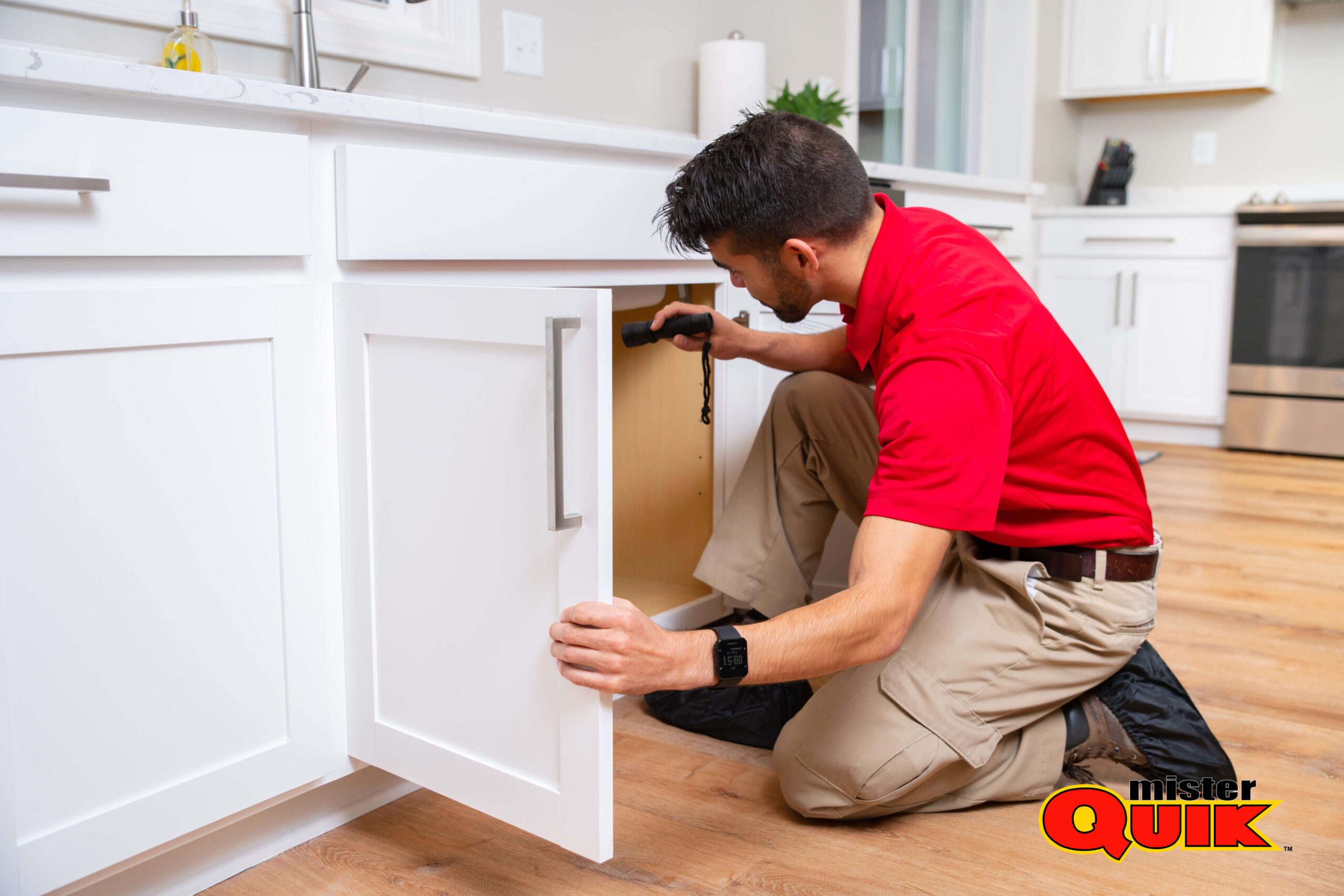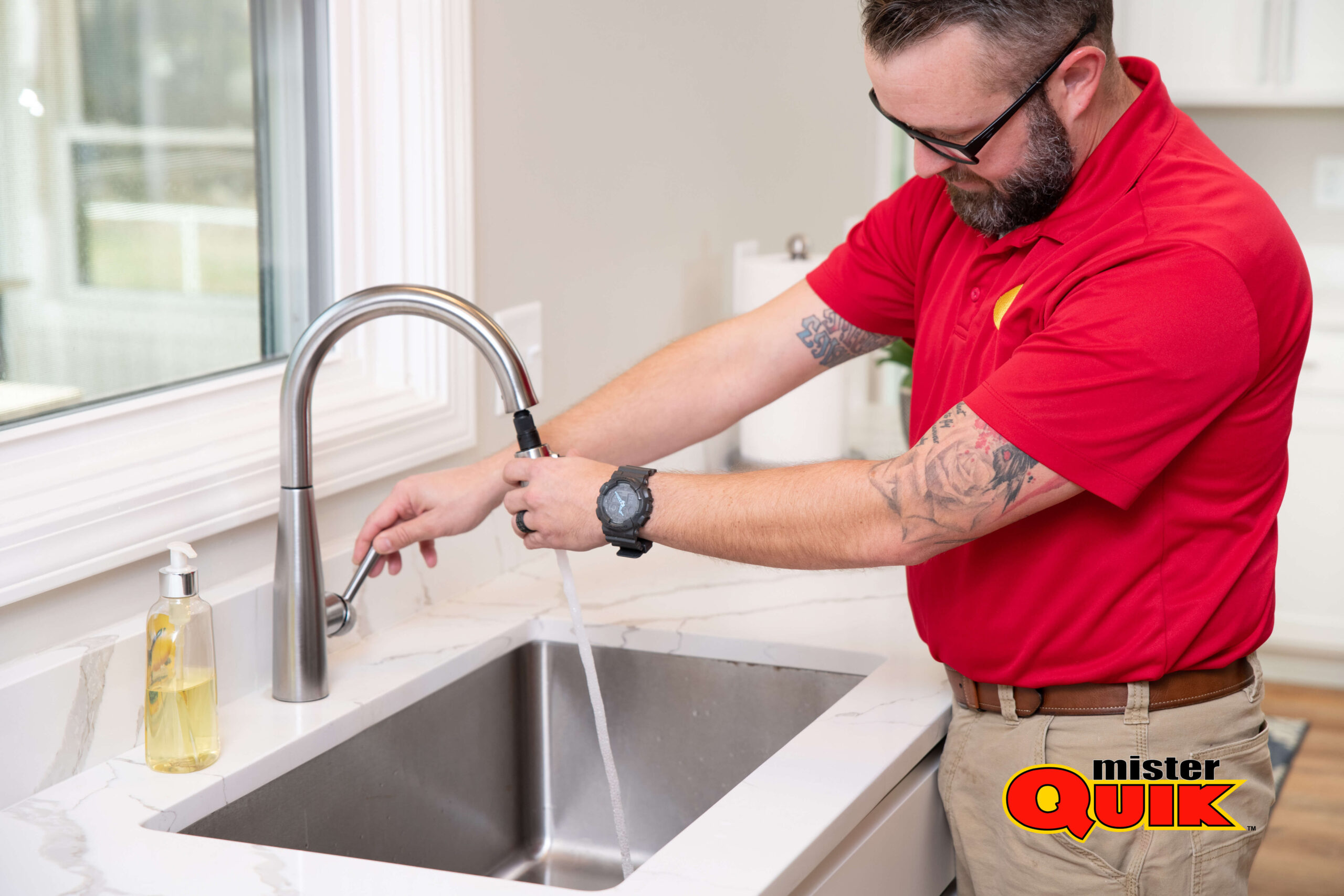No Hot Water Plumbing Noblesville

Why Do I Have No Hot Water
Suddenly realizing you have no hot water can be frustrating and inconvenient. However, before you start panicking, it’s important to understand the possible causes behind the issue and take appropriate steps to identify and address it.
Here are some key factors to consider:
- Check the Entire House:
Is the lack of hot water affecting your entire house, or just specific fixtures? This initial observation can help narrow down the potential causes.
- Review the Information in this Guide:
This guide outlines several potential causes of no hot water, including issues with your water heater, plumbing system, or even external factors. Read through the explanations and identify any that might be relevant to your situation.
- Based on your initial assessment, here are some possible explanations and recommended actions:
- Complete Water Outage:
- If your entire house lacks running water and your neighbors are experiencing the same issue, contact your local water utility company. They can confirm if there’s a reported outage in your area and provide an estimated restoration time frame.
- Consider alternative water sources like bottled water for basic hygiene and drinking needs while waiting for the water supply to be restored.
- Isolated Water Loss in Your House:
- Check your main shut-off valve: Ensure it’s fully open.
- Inspect individual shut-off valves under sinks and behind appliances to rule out accidental closure.
If you suspect a frozen pipe: Carefully apply warm towels or a hairdryer to thaw the affected section (avoid open flames).
Issues with Your Water Heater:
- Gas Water Heater:
- Pilot Light Issues: If your water heater uses a pilot light, ensure it’s lit and burning properly. Consult the user manual or a qualified technician for specific instructions on re-lighting the pilot light if necessary.
- Thermostat: Check if the thermostat is set to a sufficient temperature for hot water. You might need to adjust it slightly to your desired temperature.
- Gas Supply: Ensure the gas supply valve to the water heater is fully open.
- Electric Water Heater:
- Circuit Breaker: Check if the circuit breaker controlling the water heater has tripped. Reset it if necessary, but if it trips repeatedly, consult an electrician.
- Thermostat: Similar to gas water heaters, make sure the thermostat is set to a suitable temperature.
- Heating Element: A faulty heating element might require replacement by a qualified technician.
By following these steps and using the information provided, you can gain a better understanding of why you have no hot water and take the necessary steps to restore hot water flow in your home.
Heating Working but No Hot Water
Facing a situation where your home heating system works but you have no hot water can be confusing. This specific scenario often points towards issues within your water heater. Let’s delve deeper into potential causes and troubleshooting steps:
Pilot Light Issues:
Check if the pilot light is lit: If it's extinguished, consult your water heater's manual or call a qualified technician for safe relighting instructions.
Blocked pilot light assembly: Dust or debris can obstruct the pilot light, preventing proper ignition. Do not attempt to clean it yourself. Contact a professional for cleaning and ensuring safe operation.
Incorrect temperature setting:
Ensure the thermostat is set to a sufficient temperature to produce hot water. Refer to your water heater's manual for specific instructions on adjusting the thermostat.
Faulty thermostat: A malfunctioning thermostat might not accurately regulate water temperature. Consider replacing it with a qualified technician if adjusting the setting doesn't resolve the issue.
Sediment buildup:
Over time, sediment can accumulate at the bottom of the water heater tank, reducing its heating efficiency. Regular flushing by a qualified technician can help prevent this issue.
Faulty heating element (electric water heaters): In electric water heaters, a damaged heating element might not be able to heat the water adequately. Replacing it requires a qualified plumber due to the risk of electrical hazards.
Regular maintenance for a hot water heater typically involves flushing the tank to remove sediment buildup, checking and replacing the anode rod if necessary, inspecting the pressure relief valve for proper functioning, and ensuring that the thermostat is set at the desired temperature. It’s also important to inspect for any leaks, rust, or corrosion, and to periodically test the heating elements. Additionally, following the manufacturer’s guidelines and scheduling professional inspections can help identify and address potential issues early on, ensuring the efficient and safe operation of the hot water heater.
To check if your hot water heater is full of sediment, you can visually inspect the water coming out of the hot water tap. If it appears discolored or has a cloudy or murky appearance, there may be sediment buildup in the tank. Additionally, listen for any popping, sizzling, or crackling sounds when the heater is running, as these noises can indicate sediment at the bottom of the tank. Regular maintenance, like flushing the tank annually, can help prevent sediment buildup and ensure the efficient operation of your hot water heater.
To reset your hot water heater, begin by turning off the power supply to the unit. For electric heaters, locate the circuit breaker labeled for the water heater and switch it to the “off” position. For gas heaters, turn the thermostat dial to the “pilot” setting. Wait for at least 5 minutes to allow the water heater to cool down. Afterward, follow the manufacturer’s instructions to relight the pilot light or reset the electric thermostat. Once completed, restore power to the water heater, and check to ensure it is functioning properly.
Heating Working but No Hot Water
Facing a situation where your home heating system works but you have no hot water can be confusing. This specific scenario often points towards issues within your water heater. Let’s delve deeper into potential causes and troubleshooting steps:


- Check if the pilot light is lit: If it’s extinguished, consult your water heater’s manual or call a qualified technician for safe relighting instructions.
- Blocked pilot light assembly: Dust or debris can obstruct the pilot light, preventing proper ignition. Do not attempt to clean it yourself. Contact a professional for cleaning and ensuring safe operation.
- Incorrect temperature setting: Ensure the thermostat is set to a sufficient temperature to produce hot water. Refer to your water heater’s manual for specific instructions on adjusting the thermostat.
- Faulty thermostat: A malfunctioning thermostat might not accurately regulate water temperature. Consider replacing it with a qualified technician if adjusting the setting doesn’t resolve the issue.
- Sediment buildup: Over time, sediment can accumulate at the bottom of the water heater tank, reducing its heating efficiency. Regular flushing by a qualified technician can help prevent this issue.
- Faulty heating element (electric water heaters): In electric water heaters, a damaged heating element might not be able to heat the water adequately. Replacing it requires a qualified plumber due to the risk of electrical hazards.
How to Test Water Heater Element
Disclaimer: While this information can be helpful, it’s crucial to prioritize safety when dealing with electrical components and gas appliances. It’s strongly recommended to consult a qualified electrician or plumber for water heater testing and repairs, especially if you’re uncomfortable with electrical work or lack the necessary expertise.
Testing a water heater element should only be attempted if you are confident in your ability to do so safely and have the following tools:
- Multimeter
- Screwdriver (appropriate for your water heater model)
- Non-conductive gloves (optional, recommended for added safety)
Here’s a general outline of the steps involved, but always refer to your specific water heater’s manual for accurate instructions and safety precautions:


Locate the circuit breaker controlling the water heater and turn it off. If you have a gas water heater, additionally turn off the gas supply valve.


Allow the water heater to cool down completely to avoid scalding risks.




This typically involves removing the lower access panel of the water heater using the appropriate screwdriver.




Carefully disconnect the wires connected to the heating element terminals, taking note of their positions for reassembly.




Carefully reconnect the wires to the corresponding terminals, following your notes from step 4. Securely close the access panel.
How to Light Pilot
Relighting a pilot light should only be attempted on gas water heaters with accessible pilot assemblies and following the specific instructions in your water heater’s manual.
Here’s a general outline, but always prioritize safety and refer to your manual for accurate steps:
1. Turn off the gas supply valve:
Locate the gas supply valve to your water heater and turn it completely off.
2. Wait for the gas to dissipate:
Allow at least five minutes for any residual gas to clear from the area around the pilot light assembly.
3. Locate the pilot light assembly:
Consult your manual to identify the location and appearance of the pilot light assembly on your water heater model.
4. Follow the manufacturer’s instructions for relighting:
The specific steps for relighting the pilot light will vary depending on your water heater model. Pushing and holding a designated button while applying a lit match or lighter to the designated pilot light opening. Using an electronic igniter button (if your model has one).
5. Observe the pilot light:
Once lit, the pilot light should remain burning continuously. If it extinguishes, wait a few minutes and repeat the lighting process according to the manual’s instructions.
Hot Water Heater Maintenance
Regular maintenance is crucial for ensuring the efficient and safe operation of your water heater. Here are some key maintenance tips:
This helps remove sediment buildup that can reduce efficiency. Consult your water heater's manual or a qualified plumber for proper draining and flushing procedures.
Check the pressure relief valve for leaks or corrosion. If necessary, a qualified plumber can replace it.
Regularly look for any signs of leaks, corrosion, or rust on the water heater tank or pipes. Address any issues promptly by contacting a qualified plumber.
Wrapping your water heater with an insulation blanket can help retain heat and improve energy efficiency.
Implementing water-saving practices like shorter showers and fixing leaky faucets can help extend the lifespan of your water heater and lower your energy bills.
Rest assured knowing that reliable assistance is just a phone call away. With Mister Quik Home Services in Indianapolis, you can trust our experienced professionals to quickly resolve your no running water issues with efficiency and expertise. Contact us today to experience top-quality plumbing services and restore water flow to your home!
Troubleshoot Checklist:
- Flush the tank annually.
- Check and replace the anode rod.
- Check thermostat settings and pilot light.
- Verify gas supply is uninterrupted.
- Turn off the power supply to the heater.
- Follow manufacturer instructions for reset.
- Locate reset button.
- Exercise caution when resetting.
- Detect gas leaks promptly.
- Schedule regular inspections.









